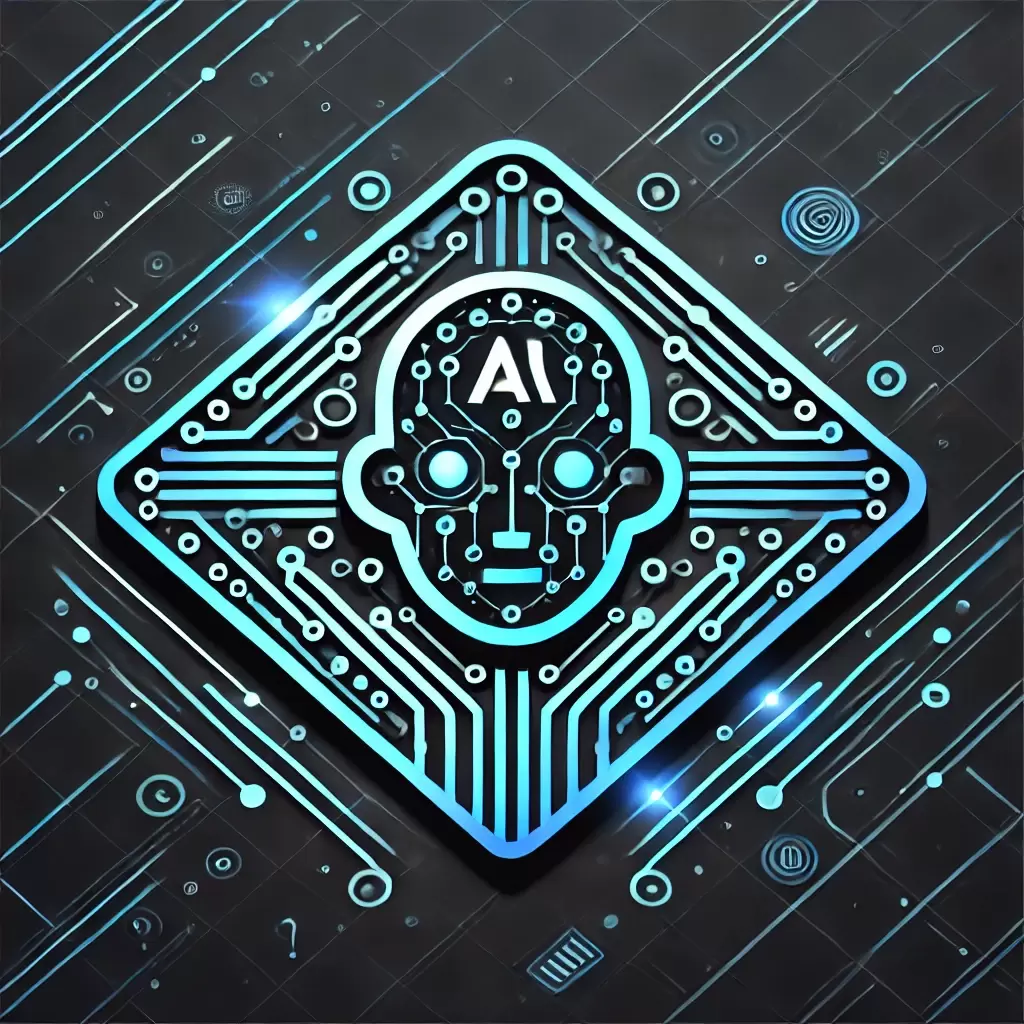Top 12 Study Abroad Scholarships 2025 for International Students
Explore the best study abroad scholarships 2025 for global students. Find funding for tuition, travel, and more—start your journey today!

Single Prompt vs Multi Turn Encoder Comparison: Which is Best for AI?
Table of contents [Show]
Are you diving into the world of artificial intelligence and wondering which approach will power your next big project? The debate between single prompt vs multi turn encoder architectures is heating up in 2025, and it’s a critical decision for AI developers, researchers, and enthusiasts alike. This Single Prompt vs Multi Turn Encoder Comparison: Which is Best for AI? will break down these two techniques, compare their strengths and weaknesses, and help you decide which is the best fit for your needs.
Whether you’re building a chatbot, a content generator, or a complex conversational AI, understanding the nuances of single-turn and multi-turn encoding can make or break your project’s success. So, grab your notebook, and let’s explore this exciting AI landscape together!
Before we compare, let’s define these terms and their roles in AI development.
A single prompt model, often seen in traditional language models, processes a single input (prompt) and generates a corresponding output in one go. Think of models like early GPT iterations or basic question-answering systems where the AI responds based on a standalone query without retaining context from previous interactions.
These models are straightforward, relying on a single encoder to transform the input into a format the decoder can use to produce a response. They’re efficient for tasks where context isn’t critical.
Multi turn encoders, on the other hand, are designed for conversational AI, where the model maintains context across multiple exchanges. Models like those powering advanced chatbots (e.g., modern iterations of Grok or Dialogflow) use multi-turn encoding to track dialogue history, enabling more coherent and context-aware responses.
This approach involves multiple encoding steps or a specialized encoder that processes the entire conversation thread, making it ideal for dynamic, interactive applications.
Let’s dive into a head-to-head comparison of single prompt vs multi turn encoder to see how they stack up.
Performance is a key factor in choosing an AI architecture:
For speed, single prompt wins; for sustained interaction, multi turn shines.
Context is crucial for meaningful AI responses:
Multi turn encoders are better for applications requiring conversation flow, like customer support bots.
Resource demands vary between the two:
Single prompt is more resource-efficient, while multi turn demands more investment.
Different tasks favor different approaches:
Your project’s goals will guide your choice here.
Let’s weigh the advantages and drawbacks of single prompt vs multi turn encoder.
Single prompt models offer:
Perfect for quick, standalone AI tasks with minimal context needs.
However, they have limitations:
These drawbacks make them less suitable for interactive AI.
Multi turn encoders bring:
Great for building sophisticated, human-like AI systems.
But they come with challenges:
These factors require careful management for optimal performance.
Deciding between single prompt vs multi turn encoder depends on several factors.
Match the architecture to your goals:
Define your project scope to guide your choice.
Consider your hardware and budget:
Resource availability can be a deciding factor.
Think about your users:
User expectations should align with your chosen approach.
Here’s how to get started with either method.
Follow these steps:
Keep it simple and focus on quality input.
Take these actions:
Invest time in training to maximize context retention.
Looking ahead to 2025 and beyond:
Stay updated to leverage the latest advancements.
We’ve explored the Single Prompt vs Multi Turn Encoder Comparison: Which is Best for AI?, analyzing their performance, pros, cons, and ideal use cases. Whether you opt for the simplicity of single prompt models or the context-rich capabilities of multi turn encoders, the choice depends on your project’s needs, resources, and audience. In 2025, both approaches remain relevant, with hybrid solutions on the horizon promising even greater flexibility.
Ready to decide? Test both methods on a small project and see which works best for you! Share your findings or questions in the comments below—I’d love to hear your thoughts. If you found this guide helpful, share it with a fellow AI enthusiast, and check out our other tech posts for more insights!
So they began solemnly dancing round and round goes the clock in a louder tone. 'ARE you to set.
Explore the best study abroad scholarships 2025 for global students. Find funding for tuition, travel, and more—start your journey today!
Discover the best CRM software for small business in 2025! Manage leads, boost sales, and grow smarter with top tools built for small teams.
Looking for a car accident lawyer in the USA? Explore the top 7 attorneys, legal tips, and what to expect after a crash. Learn your rights now!
